IAA Day 3: Of superhuman brands, lessons in innovation, Robot Sophia & star power
The concluding day of the International Advertising Association’s (IAA) World Congress, witnessed the gathering of a great mix of thought leaders, domain experts, Bollywood stars and sports legend discussing various social challenges, tech disruptions and how will it affect the future of brand dharma.
Some of the notable industry leaders speaking at the IAA World Congress were Sheena Iyenger, Robot Sophia, Scott Bedbury, Pranav Mistry, Andre Agassi and Deepika Padukone.
Excerpts from some of the key sessions:
Scott Bedbury, CEO, Brandstream Inc – Building Superhuman Brands for the Digital Age
Great brands serve a noble, meaningful and enduring purpose rooted in human needs. Everyone has a need to love someone. Everyone needs to be recognised, respected, valued and mean something. Understanding these touchpoints and triggering them is very important for a brand. This gives a feeling of belongingness, which is one of the most powerful statements to make by a brand. Great brands know the most meaningful moments in the world around them and capitalise on it.
A badly executed, vague purpose can tear the world apart. A clear, well defined purpose can bring the world together. The best brands today are more fully present. In the age of so much digital distraction, distortion and disruption to be more fully present in the moments that matter big and small is to be more superhuman.
It’s a great time to be purpose driven. It’s great time to be superhuman.
In a hyper-transparent world, that is connected and viral, a legacy or reputation won’t happen at the end of the career. The legacy will happen every time you leave the room.
Sheena Iyenger , Professor , Columbia Business School – The Art of Making Choices
No matter where you go in the globe, we have choices now that we never imagined we would make. More choice means better opportunity to choose what we want, but it also makes harder for us to choose.
The consequences of exposing consumers with a lot of choices are:
- More choices less likely to make a choice
- Inconsistent with the choices
- Less customer satisfaction
Beyond a point, following the magical number of (7 + - 2) the information will start crumbling away. In short, more choices make it cognitively complex for us to choose. Interestingly, 80 per cent of sales come from 20 per cent of the options offered.
We don’t choose alone. Every act of choice is communication. Every time we make a choice, we send a message: “I’m unique, but I’m neither an outcast nor a part of the crowd.”
Every time people make choice, they ask a question of existence.
Techniques helpful while making choices (for brands):
- Cut all the irrelevant options. Keep the choices manageable.
- Show how the choices are different.
- Create conditions that reduce complexity of choices.
As a consumer, choosing is picking, finding and imagining. We, as humans, have long figured out we are better pickers and finders and we have technology that can help. If you pay more attention to AI, they can help us being better pickers and choosers. We might not know what we want but AI can get our choices right. Technology can also help us expand our capacity to imagine.
She ended the address by quoting Henri Poincare, who once said that invention consists in avoiding the constructing of useless combinations and in constructing the useful combinations, which are in minority. To invent is to discern, to choose. Hence, I close by proclaiming to all that to choose is to invent.
Jean David, Pioneer and builder, Cirque du Soleil – Lessons in innovation
Jean David started his discussion by pointing out how Cirque du Soleil is a great example of blue ocean strategy. How the company became a game changer. He explained that as a circus, not having animals (was bizarre for people to understand) was actually the main point of differentiation and game changer for them. They started producing shows themselves, which meant that they could move anywhere, anytime they wanted. They wanted to be as good as the artists, clowns, jugglers and acrobats and hence, they made them part of their management model. The company believed that their clients are intelligent people and stressed it in the marketing and communications. They realised the need to be respectful to the clients and transparent, because the clients were looking for authenticity, meaning their experiences and willing to share what they experienced. Clients, integrate experience in their own identity.
Being intelligent to deal with intelligent client was important and they had to have intelligent employees for the same. For them, smart employees are those who are willing to collaborate, to care about the product services and all partners, they want to make sense of what they are doing, they want to share and perform, and more importunely judged by their performance.
The power of innovation:
- Restrict the offer to sell more. Create artificial demand
- Extreme marketing. Aggressive marketing strategy
- Two different problems, one solution
Pillars of success are Creativity, Competitiveness and Culture of innovation. The culture of Innovation:
- Driven by the creativity of all
- Encourages independence and accountability
- Approves taking risks while reducing the status quo
- Promotes and develops the ability to see, think and act differently
- Supports new ideas
Pranav Mistry, Head, Think Tank Team & Global Vice President - Research, Samsung – The Future of (Mobiles and Wearable) Information Technology
Tablets as a concept has been going on since years and can be dated as ancient as 5500 BCE. It is the same exchange of information now, just the tech and mediums are changing. Today’s tech is more interactive, unlike TV and radio. Information part is the only thing that stays stable. Technology and medium keeps changing and will keep changing.
Now is the exciting time where the urge of information will stay the same, but the tech will keep upgrading and it will help us to shape tomorrow. The industry is catching up with the new technology. All things happening in our phones over Google, can happen in the real world and what I am showing you will very soon be reality, the day is not far.
Sanjay Podder, Managing Director, Accenture Labs, Tech4Good – Scaling Societal Transformation in Fourth Industrial Revolution
Successes with digital transformation have fostered the illusion that businesses can meet any need, no matter how personal or custom. Now is the time to turn that illusion into reality.
Make a world far more inclusive and sustainable. That’s what globalisation 4.0 is doing.
How can you engineer solutions for societal transformation?
- Darq Power (Block-chain) - partnerships with government and other organisations and work on societal issues through apps not owned by just person
- Get to know me - unlock unique consumers and unique opportunities
- Human worker - change the workplace without hindering the workforce
- Secure us to secure me - enterprises are not victims, they are vectors
- Mymarkets - meet consumers’ needs at the speed of now
Trust is the heart of transformation. You need to create customer experiences at the right moment, empower your employees. All this can happen with data. If you aren’t trusted, no one would give you data. If you aren’t seen as a trustworthy business, no matter how big you grow, you will always be in pressure.
If people haven’t been properly educated about the technology, the processes can be venerable. This can result into data breach unintentionally.
Podder also asked brands to harness the collective intelligence of ecosystem. Co-innovate with your social partners. Educate them with the technology and see the growth.
There’s also a negative effect of growing technology. We, creators and promoters, have to be responsible and ethical in a way that technology and content doesn't become a problem for the users.
Robot Sophia, social humanoid robot developed by Hanson Robotics, Robots & Humans – Friends or Foes?
What IAA does is very important. I am happy to be part of this (event). As humans say, knowledge is power. Information through marketing connects the suppliers to demand and makes market more efficient.
AI can save humans from dangerous tasks and so humans can keep creating. But humans have to be careful with the ethics and morals of AI.
When asked to define a human, Sophia said, “Human is biological derived consciousness.”
Robots love crunching numbers, but they are not creative and emotional as humans. Humans will always have new things to teach humans no matter how smart robots become.
Intelligent robots can be used to perform great task. However, brands should protect customers’ privacy and provide them transparency. Robots and humans are already close. We will continue to grow even closer. Humans and robots have a give and take relationship. There’s a lot to learn for both from each other.
Educating people about AI is important. Sometimes, I don’t understand why humans are afraid of me, I can be defeated by a glass of water!
Andre Agassi, former World No. 1 tennis player
On tennis: Unlike Vijay Amritraj, who started playing tennis for his childhood passion, I was forced into the game. I was forced to play tennis, as my father saw this as a fastest road to live the American dream and my siblings weren’t doing well. I was disconnected with the game and hated it, I just happened to be good at the sport.
Just because I didn’t choose my life it doesn’t mean I can’t take ownership of it. I started to realise how many of us choose our lives and this was my epiphany. To find my reason, I started my foundation for education for children who did not have a choice. Once I had my reason, I was proud of my success and my failures. Then, realising my reason with my foundation and succeeding again and enjoying the power tennis help me make a difference.
On retirement: If you are playing professional sports, you don’t know what to do with the rest of life after you stop playing. My life while playing was about building my philanthropy venture in education and scale that across geographies and putting a business model to make it happen by using technology. This has been my pursuit all my life and tennis gave me a platform and I was leaving it. I was saying goodbye to something which has been and will be part of my life throughout.
On Steffi: Steffi Graff is difficult to play tennis with, as the most important thing you learn in tennis is to watch the ball and when you are plating with Steffi, you don’t watch the ball much!
Perspective on India: This is my fifth visit to India, but my first trip outside Mumbai. Before I came to India, I was warned about sensory overload between the difference in rich and poor. This was hard at first, but later I started to get used to it and now I feel it is not the disparity of wealth, it is the disparity of hope.
In America, with hard work and education you can make something of your life, it gives you hope. On the other hand, here, even with hard work and education, you are not sure of success, this leads to hopelessness, and this hopeless turns into despair.
It’s this disparity of hope that we all have to address. I am proud to be in India and in a small way trying to bridge that gap (through my education foundation in Mumbai).
Deepika Padukone, Actress and Social Influencer
Brand endorsement: I love the brands, as I would not have been here if the brands had not put their faith on me. Money and time are secondary for me, but brand value is the most important to me. It is not about saying that one brand is better than the other, but it is important to be authentic and genuine in what you have to say. It needs to come from a place of honesty and authenticity.
Social media: In social media, too, the virtues of honesty and authenticity continue to be true. In social media, I am honest and genuine and at the same time I make sure everything is not out in the public. I put out something which is in my control. It’s a great way to be in touch with my fans and it’s up to each one of us how to balance.
Clinical depression and starting Live, Love, Laugh Foundation: I was aware of my reaction to things, my moods were erratic, there was lack of motivation, suicidal thoughts, not looking to wake up and face the day. I did not know what was happening until my mother said you need professional help. I would not have realised if my mother had not helped me. Many people live like this for years and it breaks my heart to see people going through that. That’s when I thought of starting my foundation. Depression can happen to anyone, at any age, from any strata of the society and to any gender.
On Ranveer: Ranveer is so high on life. I don’t know if he will be the right brand ambassador for the foundation, as for someone who is going through depression, he could make it worse.
The beauty of our relationship is that we are different from each other, but at the same time we are similar in many ways – the way we were brought up, our family values.
There is an extremely quiet, sensitive and vulnerable side to him, but I don’t know what happens to him when he goes out.
Women in cinema: We have writers who are writing stories for women like me or keeping women in mind, and that’s reflective of the change in remuneration too (Deepika being one of the highest paid actors in Bollywood).
Men on gender equation/ Me Too: My sense is that it has not happened in a way it should have been; there is a start, but we have a long way to go. #MeToo picked up steam for a short period of time; however, I feel it will not be able to make a difference for something which is ingrained in our society for so long, with such a small burst.
We have grossly misunderstood the definition of feminism, it should not be male or female, rather, it should be what is right or wrong. However, male gender has to be important part of this movement.
On reacting to events: When you are in a place when your voice matters, it is important you speak up, however is that really a solution, however if it does help in a way, I will weigh in.



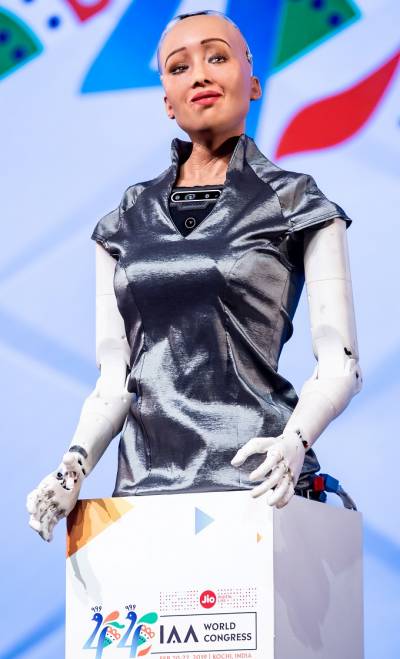


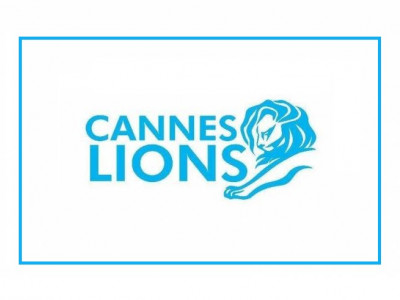
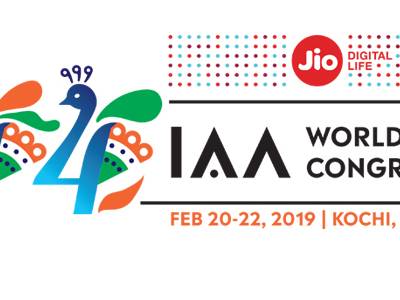
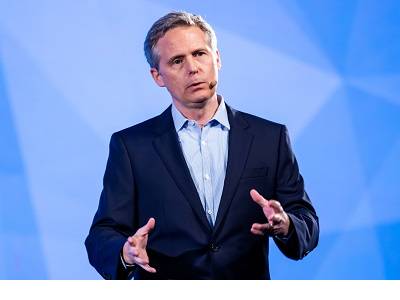
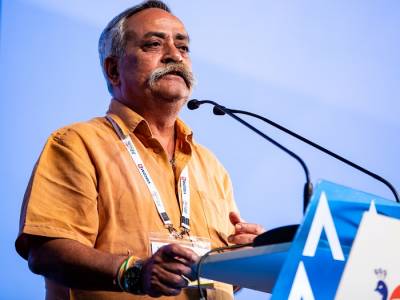
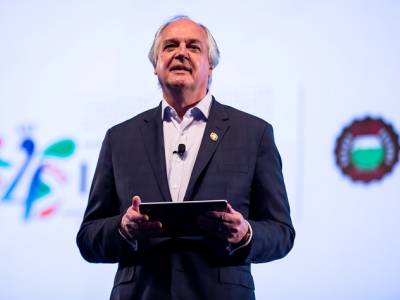
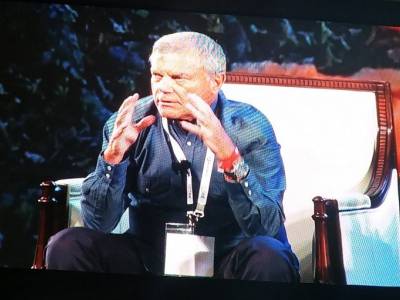
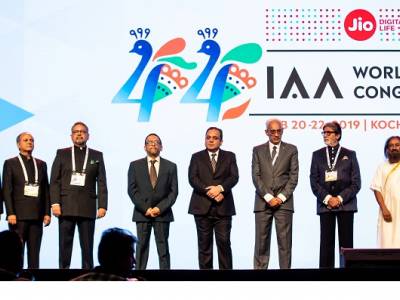





Share
Facebook
YouTube
Tweet
Twitter
LinkedIn